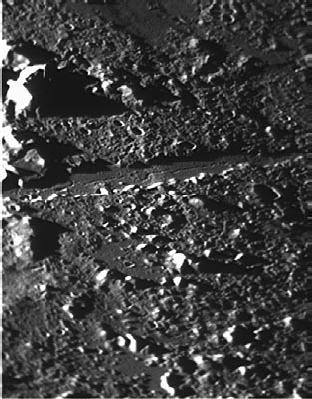Tonight the Apollo 11 landing site becomes visible. For those with telescopes and binoculars, you can see the landing area near the light line in the area of the southern end of the Sea of Tranquility
Tammy Plotner and Jeff Barber, Universe Today

Yesterday (5/5) in 1961, Alan Shepherd became the first American in space. He flew just 15 minutes in suborbit on the Mercury-Freedom 7 spacecraft.
Tonight the Apollo 11 landing site becomes visible. For those with telescopes and binoculars, the landing area can be seen near the line of light at the southern end of the Sea of Tranquility.
Tonight there is an excellent opportunity for those with binoculars and small telescopes to explore the moon. The Aristotle and Exodus craters in the north look beautiful, as well as the Caucasus and Apennine mountain ranges. If you are looking for a spectacular lunar formation - to watch the Valles Alpes or the Alpine valley.
This deep fissure across the northern surface is easily seen and the visibility conditions today are ideal to view it. It is a valley with a width of 1.5 to 21 km and a length of 177 km.
Although the sky is illuminated tonight by the moonlight there is still an opportunity to observe double stars. We'll take a look at the Corvus system and see if we can collect enough starlight to locate Detala Corvus. Look for his distant and pale companion.
